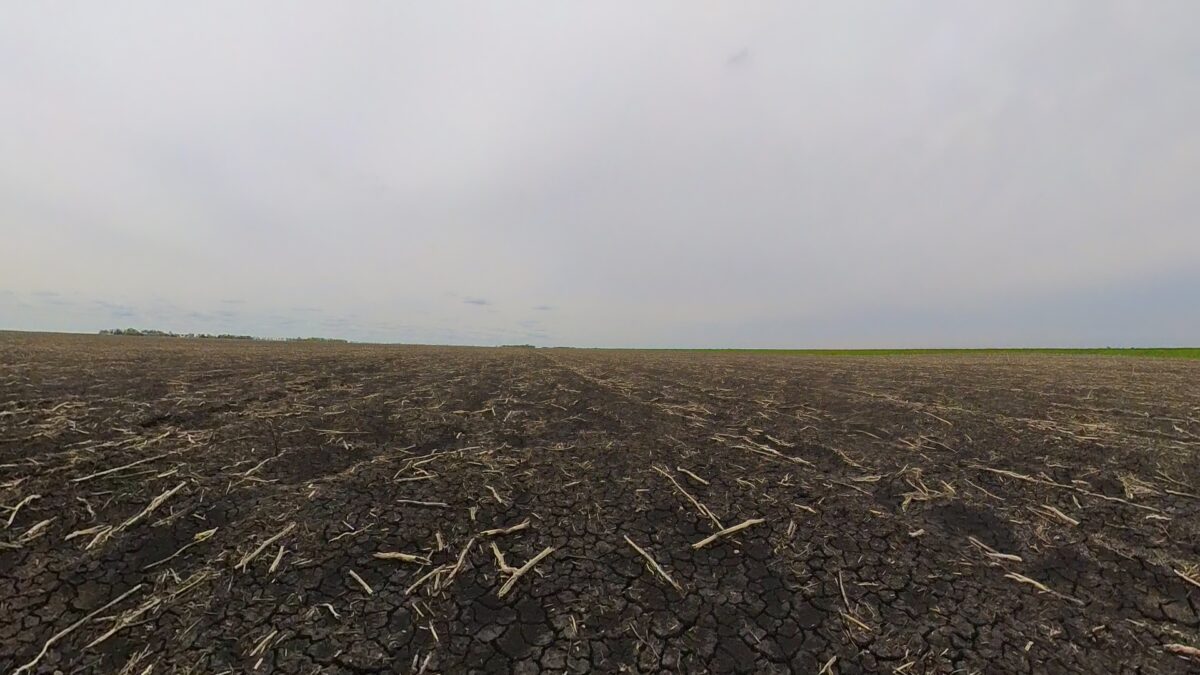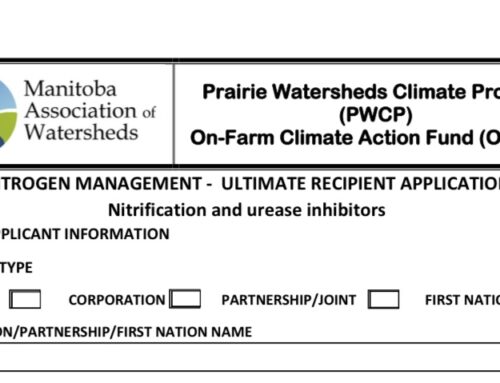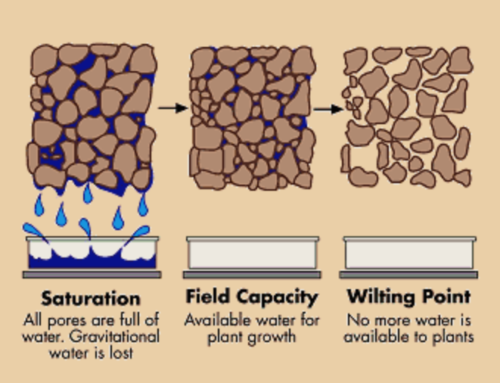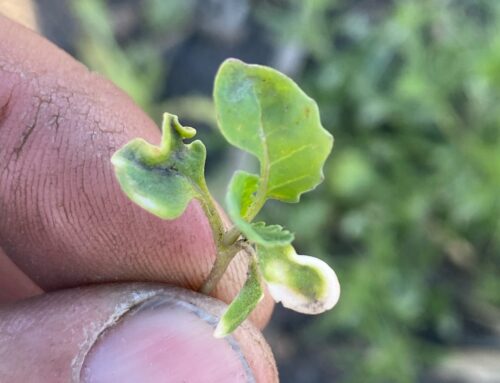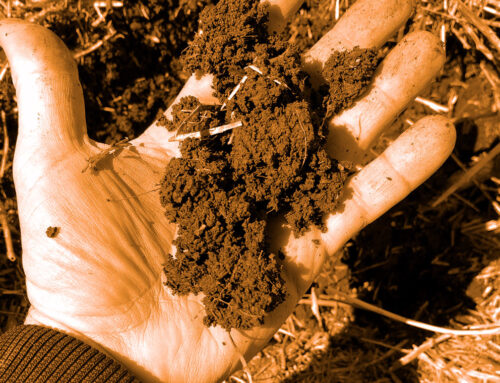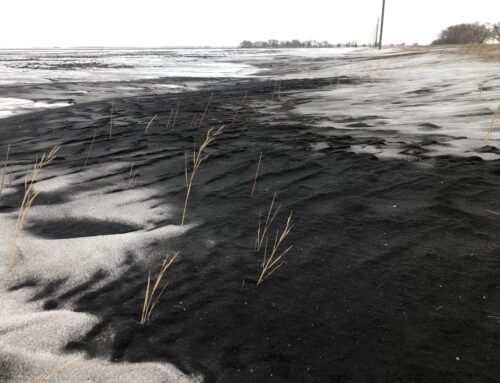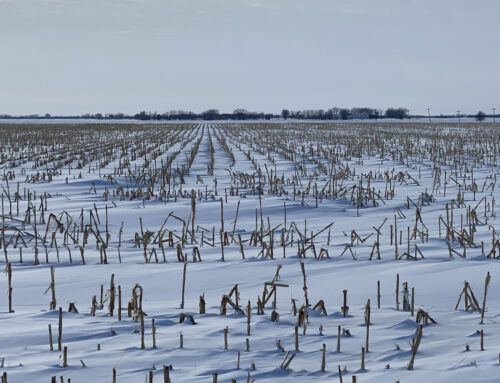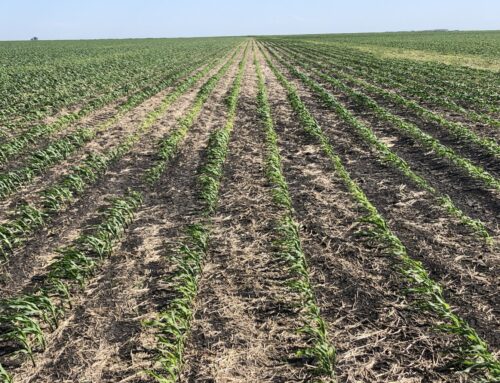Uniform crop emergence is crucial for achieving optimal yields. However, various factors can disrupt this uniformity, one of the primary culprits being the chaff left on the field after harvest. Let’s look into how this and other factors affect emergence:
1. Chaff Left on the Field 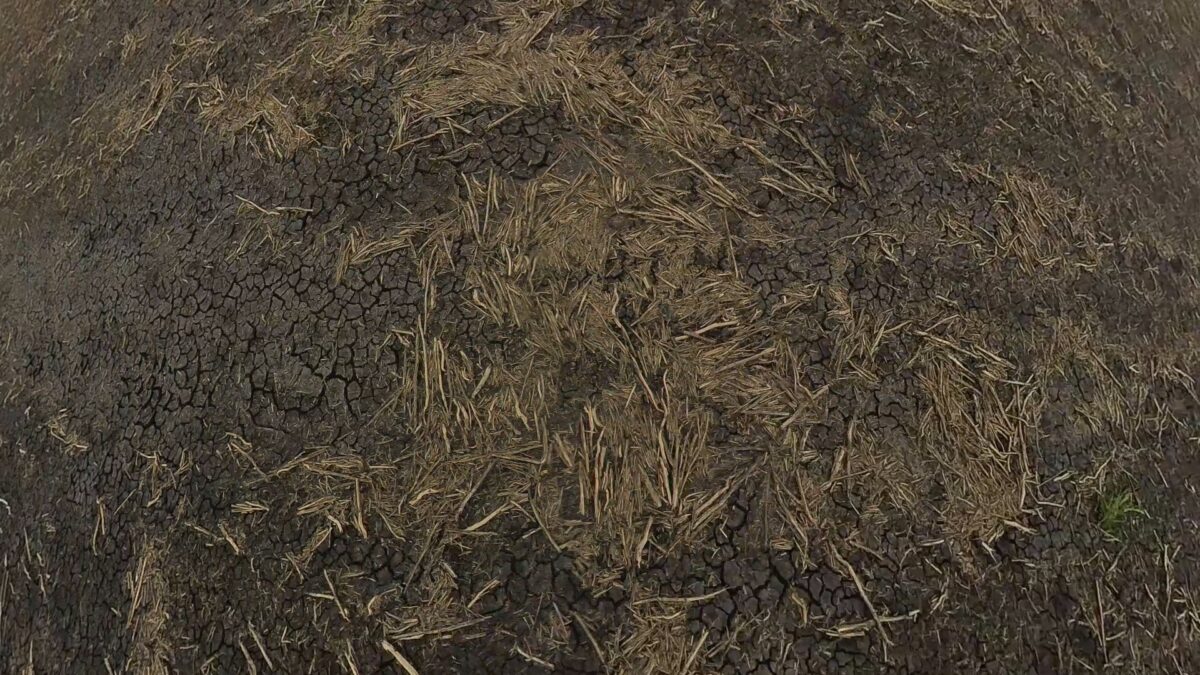
Chaff consists of the husks, stems, and other residues left behind after the main crop is harvested. This can create an uneven seedbed, leading to:
- Poor Seed-to-Soil Contact: Seeds may be buried under chaff, reducing contact with the soil, essential for germination.
- Variable Soil Temperature: Chaff can insulate the soil unevenly, causing some areas to warm up slower than others.
- Moisture Retention: While chaff can help retain moisture, too much can lead to overly wet conditions, potentially causing seed rot.
2. Soil Compaction
Heavy machinery can compact the soil, especially if used when the ground is wet. Compacted soil restricts root growth and water infiltration, leading to uneven emergence.
3. Seed Placement
Accurate seed placement at the correct depth is vital. Variations in seeding depth due to equipment issues or field conditions can result in seeds emerging at different times.
4. Pest and Disease Pressure
Fields with high pest or disease pressure can see non-uniform emergence as affected seeds or seedlings struggle to compete with healthier counterparts.
5. Nutrient Distribution
Uneven distribution of fertilizers can lead to patches of the field with differing nutrient availability, affecting seedling growth rates.
6. Weather Conditions
Temperature and rainfall patterns can vary across a field. Areas with better water drainage or more sunlight can see faster emergence.
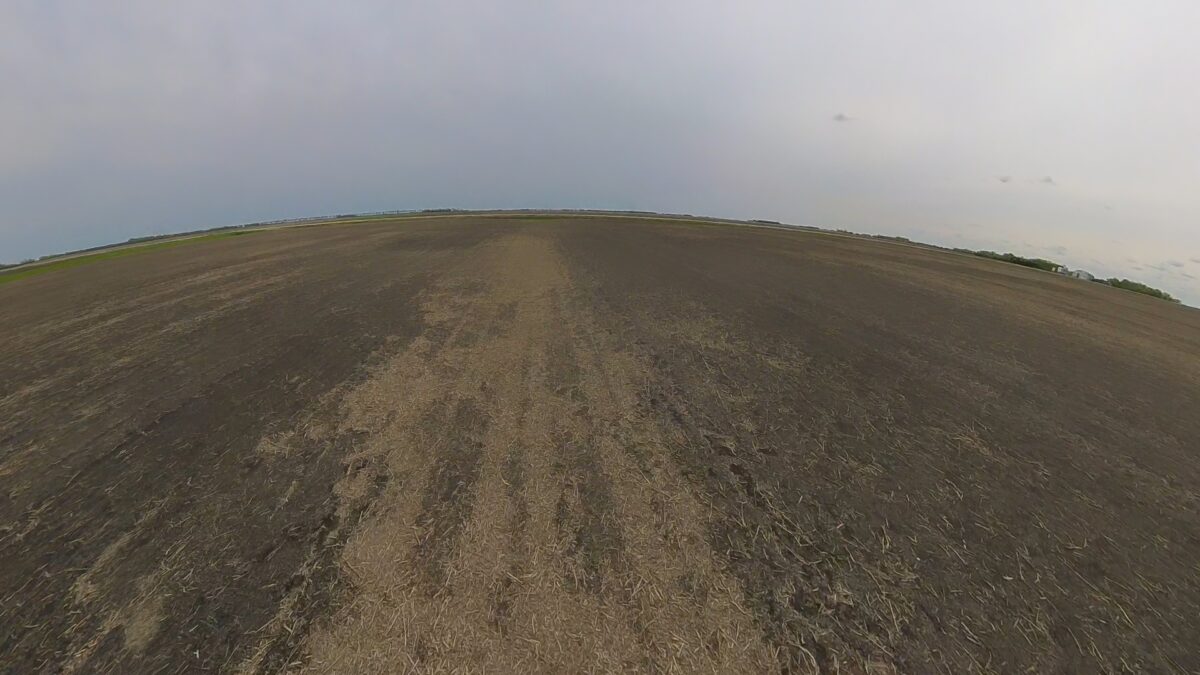
🌱 Best Practices for Ensuring Uniform Emergence 🌱
- Residue Management: Incorporate or evenly distribute chaff and other residues.
- Proper Equipment Calibration: Ensure planting equipment is correctly set up for consistent seed placement.
- Avoid Soil Compaction: Use controlled traffic farming and avoid working on wet fields.
- Integrated Pest Management: Monitor and manage pest and disease levels effectively.
- Balanced Fertilization: Ensure even application of fertilizers.
By addressing these factors, we can promote more uniform crop emergence, leading to healthier fields and better yields.
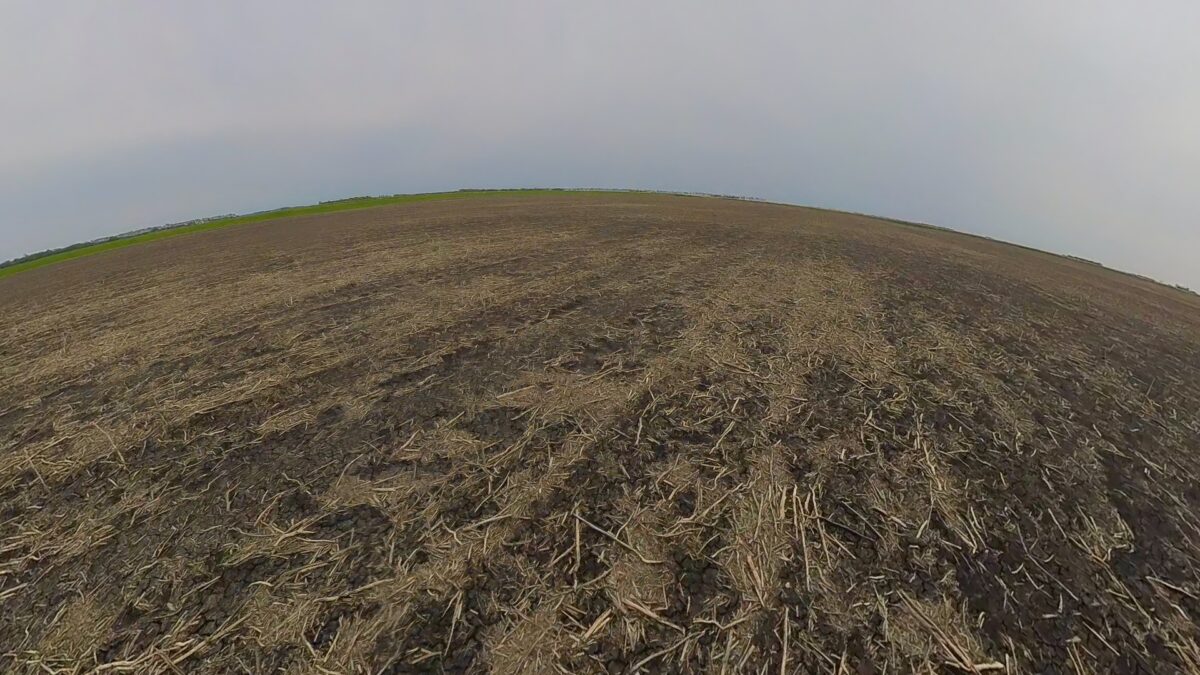
#Agronomy #CropEmergence #FarmingTips #SoilHealth #SustainableFarming

